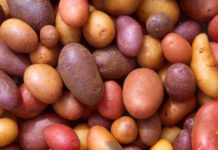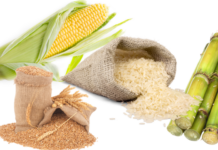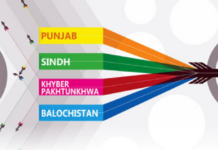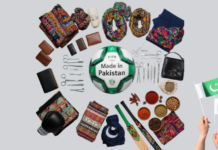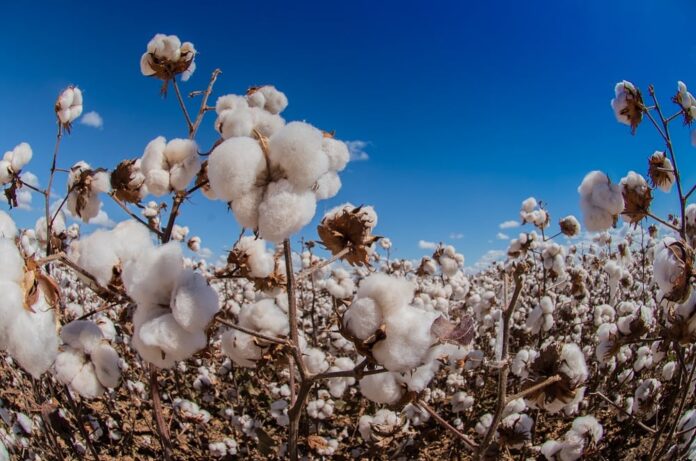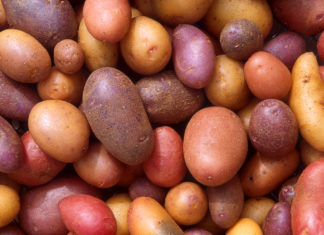The Ministry of National Food Security and Research is in the final stages of formulating the National Cotton Plan 2025, designed to enhance crop yields, improve fiber quality, and lower production costs through the adoption of modern seed varieties and sustainable farming practices.
According to official documents accessed by Wealth Pakistan, the initiative also targets import substitution and seeks to strengthen Pakistan’s textile base by aligning cotton development with the broader objectives of the Ministry of Commerce, which is pursuing export-led growth, global competitiveness, and integration into global value chains.
The National Assembly’s Standing Committee on Commerce has already endorsed recommendations supporting the plan’s objectives. The move coincides with the Ministry of Commerce’s preparations for a Textiles and Apparel Policy (2025–30) aimed at maximizing the use of locally produced raw materials, increasing exports of value-added goods, and diversifying into new international markets.
The upcoming policy sets an ambitious goal of achieving $30 billion in textile exports by 2030, as approved by the National Export Development Board, and outlines priority sub-sectors and target markets to drive this expansion.
Documents show that during Fiscal Year 2025, Pakistan’s value-added textile exports, including apparel and home textiles, totaled $14.29 billion, representing 80 percent of total textile exports. In comparison, raw materials and intermediates accounted for $3.65 billion or 20 percent.
Despite the strong performance of value-added goods, the report notes that Pakistan’s textile industry remains heavily dependent on cotton, even as the global fiber mix has shifted toward man-made fibers (MMF). Currently, MMF accounts for 74 percent of global fiber use, including 57 percent polyester, 6.7 percent polyamide, 6.1 percent other synthetics, and 6.3 percent viscose.
To bridge this gap, the recently approved National Tariff Policy 2025 directs the Tariff Policy Board to rationalize customs duties on non-cotton yarns and fabrics, enabling a transition toward MMF-based apparel, including sportswear, women’s and children’s wear, and other high-value finished products.
The government also plans to attract foreign and domestic investment for the production of synthetic and artificial fibers, such as polyamide, polyolefin, polyethylene, and polyurethane, to reduce import reliance and strengthen backward linkages in the textile supply chain.
As part of its long-term modernization strategy, Pakistan aims to capture a share of the global technical textile market, which is projected to exceed $300 billion by 2030. To this end, the Ministry of Commerce has established a National Technical Textile Council, tasked with developing a roadmap for transitioning from conventional cotton-based production to high-value technical textiles used in protection, agriculture, construction, medical, packaging, sports, and automotive industries.
Additionally, the creation of Sectoral Councils has bolstered public-private dialogue, aligning policy frameworks with industry needs and ensuring the effective implementation of the new textile strategy. These councils act as consultative platforms to address trade barriers, refine policy interventions, and guide Pakistan’s shift from raw material exports to value-added, globally competitive products, the document concluded.




